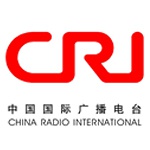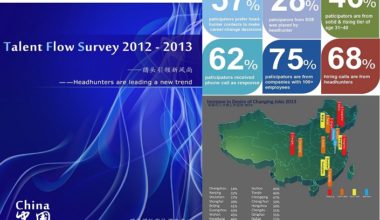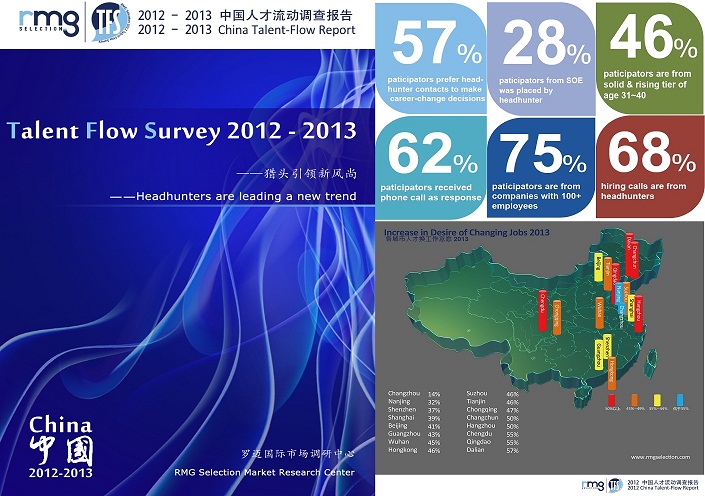Tag Archives: Robert Parkinson
China Dream Sours for Foreign Companies (Chinese version)
- Tuesday, 13 August 2013 08:47
HR in a (Gradually) Rebounding Economy – RMG HR column on Business Tianjin
- Tuesday, 02 April 2013 06:04
- Reorganise working time by training. Under this circumstance, shortening the working time is encourages employees to carry out training in their spare time rather than forcing employees to have days off. This leads to greater long term efficiency from the employees while saving the company money in the short term.
- Red reorganisation. Fixing wages for a certain time and eliminating redundant workers is one solution. Whilst reducing redundant workers the company should still pay special attention to key employees who add the highest value. Steps should be taken so that they do not leave the company because a competitor is offering a higher salary.
- Human Resource contracting/Human Resource recruiting company. This is different from the former point. In this case, the companies have the flexibility to re-employ staff on a more flexible basis- although of course at a premium on their monthly salary. This might be the solution if the company does not expect various productions every day from their employees, because the human resource agencies help to take risk for them.
- Telecommuting. Telecommuting is one of the ways human resources departments can outsource expensive labour. It is not widely utilised because of some hidden faults. If it is lacking proper infrastructure and controls, the company may find itself losing productivity. This can require special human resource supervision and if the company is not properly setup to handle these challenges, the additional time and expenses associated with telecommuting may not prove worthwhile.
- One year sabbatical. When using this method, the company promises the employee to take a year off of work with the understanding that their position will be waiting for them when they return. For certain employees this may prove to be very attractive as it would allow them time to travel, start a family, or care for a sick relative. For the company, they can reduce their labour costs in the short term without losing their talent long term.
Recruitment Sorted Easily – RMG HR column on Business Tianjin
- Tuesday, 02 April 2013 05:57
Robert Parkinson – RMG CEO on China Radio International
- Monday, 25 March 2013 09:57

CEO & Founder of RMG Selection, Robert Parkinson’s live interview on China Radio International (CRI) English. The interview focuses on the Chinese employment market landscape from the result of China Talent-flow Survey.
Listen to the interview at
Youku: http://v.youku.com/v_show/id_XNTMyMzAxMTAw.html
YouTube: http://youtu.be/SOYbUWEeZ10
RMG Selection releases China Talent-flow Survey Report
- Friday, 15 March 2013 04:25

RMG Selection has reported the result of China Talent-flow Survey in March 2013, on talent flow rate, its characteristics, and the function of headhunters and recruiters in 2012. RMG Selection is an Asian focused specialist recruitment and executive headhunting firm with over 200 regular clients, and network partners in 27 countries all over the world. RMG China Talent-flow Survey was carried out in January and February 2013 and collected over 2000 samples. The survey combined the actual situations in China and cover different region, enterprise type, working experience, education background and gender etc. The result shows that China employment market is still very active, and the phenomena of “job hopping” is becoming more and more popular active. The characteristic is more obvious in different groups; the barriers between different regions are becoming lower, and at the same time, headhunter has become an even more important part of the power behind ‘talent flow’.
 Key Findings from the survey
Market Landscape
Key Findings from the survey
Market Landscape
- The employment market is still active, last year over 30% of people even changed jobs.
- The percentage of job-hoppers from private enterprises is 39%; that of state-owned enterprises is only 25%.
- The highest percentage of job-hoppers is those grouped in the monthly salary of 10000&40000RMB.
- Both men and women are active on a similar level.
- Nearly 60% of people are more willing to change jobs via headhunters.
- Nearly 80% of middle and high income earners choose headhunters.
- Headhunters are “killing” into state-owned enterprises.
- More than half of people believe headhunters are more professional on phone than direct contacts from companies’ own employees.
- The bigger the company, the more trust they have in the headhunters.
- MBAs are most favored by headhunters; the difference with PhD. is not big.
- Online CV submission results: PhD holders are less popular than undergraduates
- 80% of people needed to job hop to get a salary increase of 20% or higher.
- The expectation of salary increase is slightly higher for men than women for job-hopping.
- The 30-40 years old age group, are even more eager to obtain a substantial salary increase.
- The higher salary people have, the smaller impact of annual bonus to job changing.
- 70% of people are willing to work in other cities.
- Half of people who are over 50 do not mind working in any cities.
- The higher the salary, the more difficult it is to change working city.
- Males are more willing to adapt to different areas.
